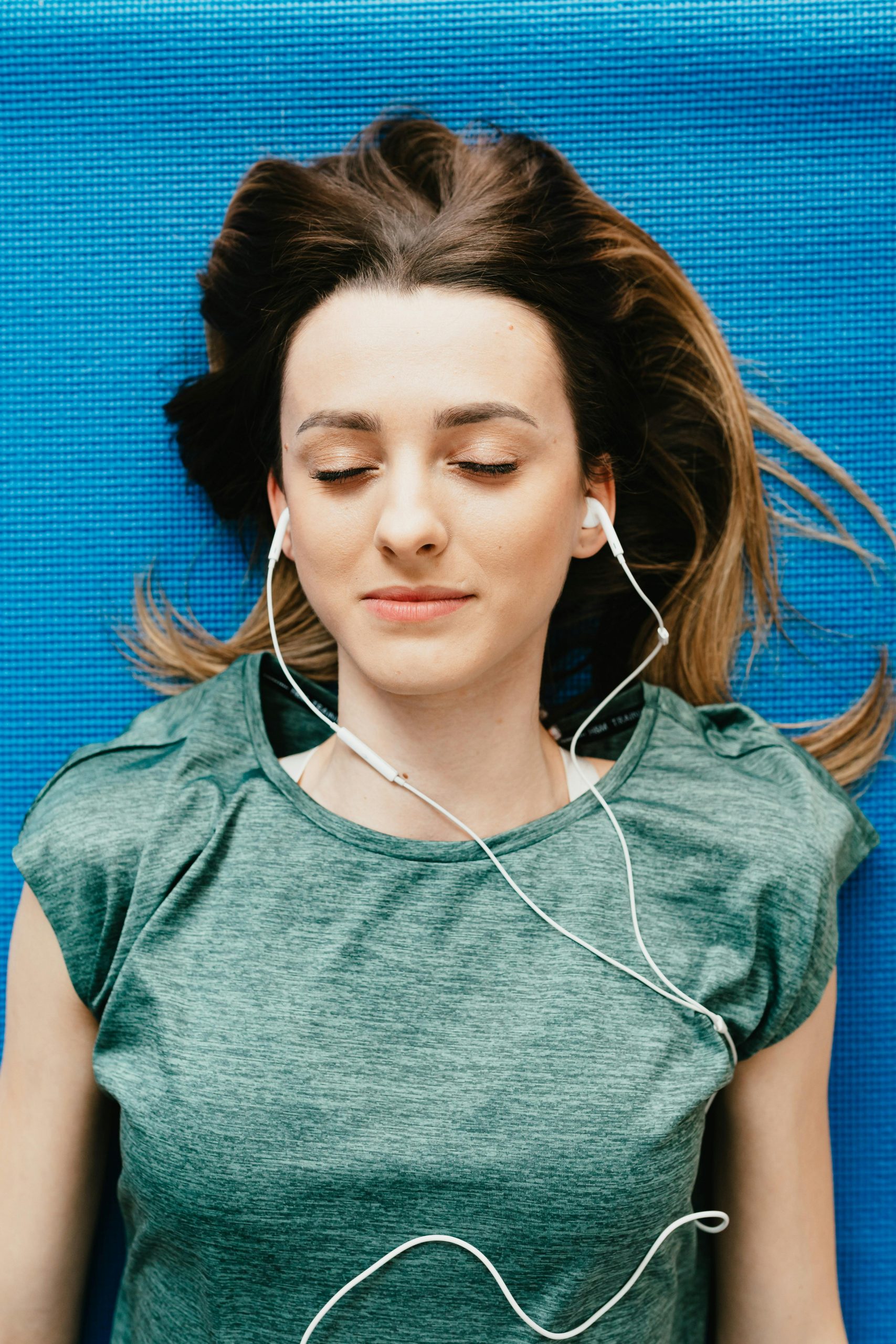
The micro-nap, also known as the flash nap or power nap, is a real boost for your body. It has many benefits for the body, but also for the mind: increased productivity, improved memory, reduced stress, etc.
Everything you need to know about micro-napping is here…
What is a micro-nap?
A micro-nap is, as its name suggests, a short nap of 5 to 10 minutes maximum.
The idea is not to fall deeply asleep, but rather to relax while remaining sensitive to external stimuli. This moment of relaxation allows you to enter the very first phase of falling asleep, i.e. the light sleep phase. As a result, you wake up quickly and return to reality without transition or difficulty.
The many benefits of micro-naps
The micro-nap is a real ally when it comes to coping with mid-day slumps.
It helps you stay fit for longer, giving you a boost of energy, both physically and intellectually. During this time of rest, the body’s respiratory and cardiac rhythms are lowered and the muscles relax, resulting in deep relaxation.
Regular practice can be highly beneficial to the body in both the short and long term. In addition to instant well-being, the flash nap helps to:
– boost your immune system
– improve cognitive capacity (learning and memory)
– boost productivity
– reduce stress
– protect against problems such as overweight, obesity and cardiovascular disease
– reduce hyperalgesia (sensitivity to pain)

For people suffering from insomnia, the flash nap can also help compensate for the consequences of lack of sleep during the day: drowsiness, reduced energy, headaches or concentration problems. It does not, however, allow you to recover from the hours of sleep you lost the night before. It is energising, but not restorative, and cannot compensate for a lack of sleep.
The micro-nap method
To reap the full benefits of micro-naps, you need to follow certain guidelines.

When and for how long?
To be effective, you should not rest for more than 10 minutes. Beyond that, you risk falling into a deep sleep phase.
As for the most appropriate time of day, it’s probably the digestion phase, just after lunch. This is generally the time when you feel a drop in energy.
But any other feeling of tiredness during the day is a good time for a micro-nap. Rather than fighting it, it’s better to give yourself a few minutes’ rest to recharge your batteries.
Where?
The advantage of the micro-nap is that it can be done anywhere: in the office, in the car, on public transport, in a waiting room, etc. To be in the best conditions, we advise you to choose a quiet place, away from the hustle and bustle, where you can be sure of not being disturbed.
You don’t have to lie down to practise micro-napping, as the principle is not to go into a deep sleep. However, adopt a comfortable, tension-free position to encourage relaxation. You could, for example, be sitting at your desk, with your head resting on your forearms, or with your back leaning back in your chair if it is comfortable enough for you to rest your head back.
How do you go about it?
The first few times, you may worry that you won’t be able to fall asleep, or that you’ll fall asleep and sleep too long.
To help you relax and achieve the deep relaxation that micro-naps offer, you can help yourself by using relaxation methods based on breathing or cardiac coherence. You can also listen to guided meditations to help you relax more easily. And to let yourself go without worrying about waking up, we recommend setting an alarm.
Another method for avoiding falling into a deep sleep is Salvador Dali’s method. It consists of taking a micro-nap with a metal object in your hand (a teaspoon, a bunch of keys, etc.). As you reach the point of falling asleep, the object falls noisily to the floor and wakes you up, marking the end of your resting time!
With a little training, you can practice the flash nap anywhere, in any condition, and in any position.

What’s in it for me?
The micro-nap offers a major advantage in many situations, and in particular:
– to optimise your productivity throughout the working day
– to improve your concentration when revising for an exam
– to limit accidents linked to drowsiness, particularly at the wheel
– to improve your sporting performance
– to stimulate your creativity
In fact, it is commonly used by professions that are particularly exposed to stress and sleep deprivation, such as politicians, company directors and top sportsmen and women… So why not try it for yourself?



